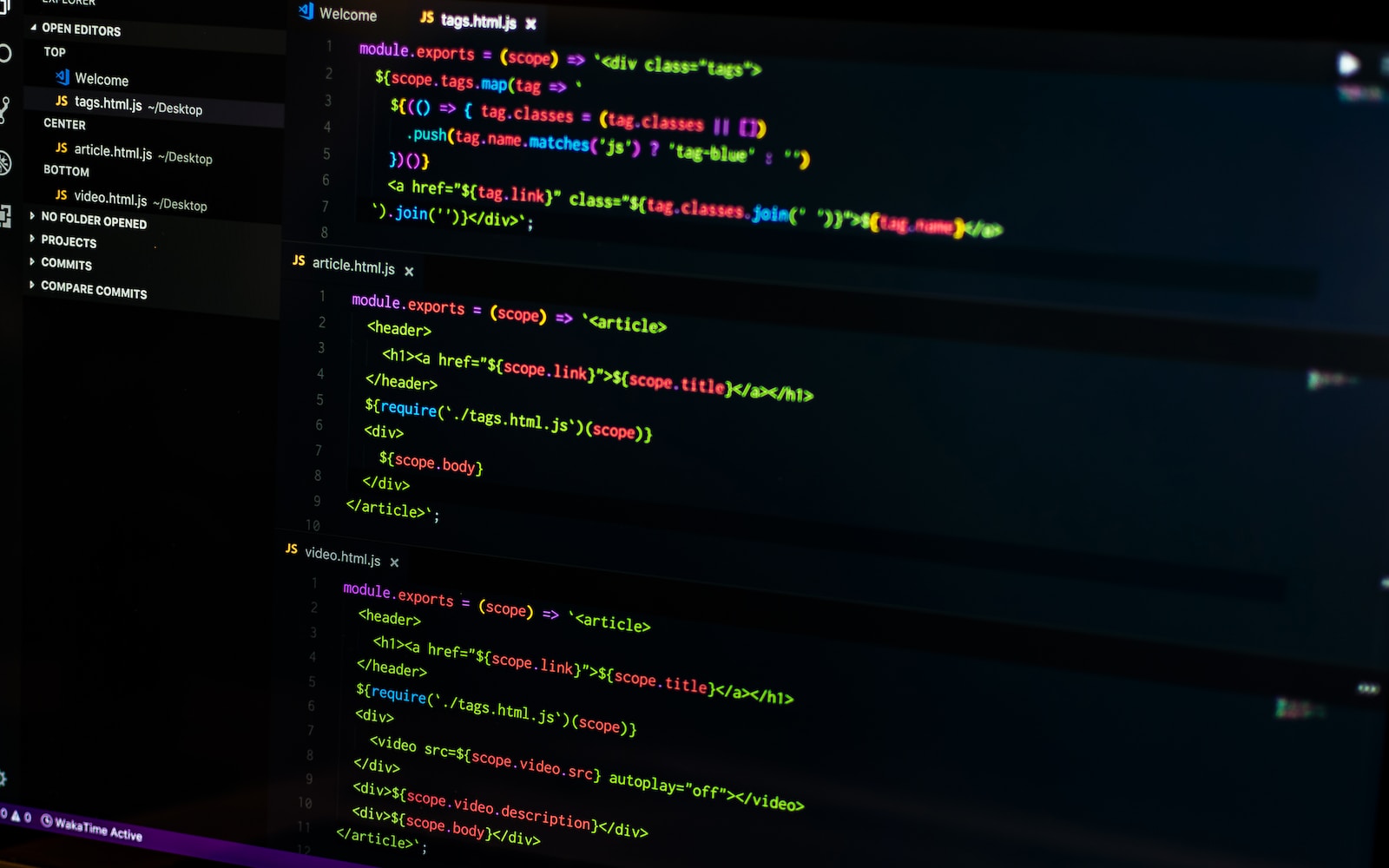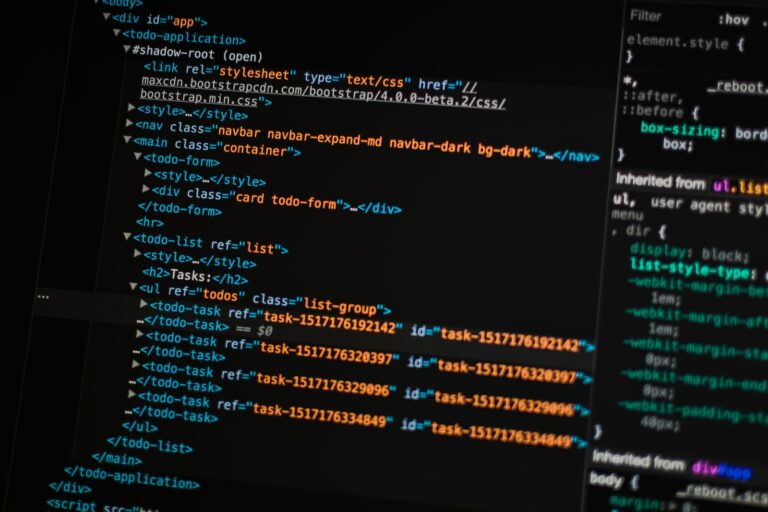In the world of coding, efficiency and reusability are paramount. With Python functions, you can achieve both. Functions are code blocks that perform specific tasks and can be called multiple times throughout your program. This means you can write a block of code once and reuse it whenever you need it, saving you valuable time and effort.
Python functions are a powerful tool for any developer, whether you’re a beginner or an experienced professional. In this article, we will dive into the world of Python functions and explore their syntax, definition, and implementation. We will also cover the importance of function parameters and return statements, as well as best practices for documenting your code. By the end of this article, you’ll have a solid understanding of Python functions and how to use them to write efficient and maintainable code.
Key Takeaways:
- Python functions allow us to write reusable code and improve program efficiency
- Functions are code blocks that perform specific tasks and can be called multiple times
- Python functions are a powerful tool for any developer, beginner or professional
Understanding Python Functions
Python functions are reusable blocks of code that perform specific tasks. They allow us to write efficient and maintainable code by avoiding repetition and promoting modularity. In Python, functions are defined using the def keyword, followed by the function name and a set of parentheses containing any parameters.
Python Function Syntax
The syntax for defining a Python function is as follows:
def function_name(parameters): # Function body return value
The parameters section is optional and allows us to pass arguments to the function. The return statement is also optional and specifies the output of the function.
Python Function Definition
Here is an example of a simple Python function:
def hello(): print("Hello, world!")
This function, named hello, prints “Hello, world!” to the console when called. To call a function in Python, we simply write its name followed by parentheses:
hello()
The output of this code will be:
Hello, world!
As you can see, defining and calling functions in Python is straightforward and intuitive. By mastering the syntax and structure of functions, you can write powerful and flexible code.
Working with Python Built-in Functions
Python has a vast library of built-in functions that help you perform various operations on your code. These functions have pre-defined functionality and can be used directly in your code without any further definition. Using these functions saves time and effort, as you don’t have to reinvent the wheel every time you need to perform a common operation.
Let’s take a look at some commonly used Python built-in functions:
| Function | Description |
|---|---|
| print() | This function is used to print output to the console. |
| len() | This function returns the length of a string, list, or array. |
| type() | This function returns the type of an object. |
| range() | This function generates a sequence of numbers. |
| sum() | This function returns the sum of all elements in a list or array. |
These are just a few examples of the many built-in functions Python has to offer. By using them in your code, you can save time and streamline your operations.
Keep in mind that you can also create your own functions to perform specific operations that are not covered by built-in functions.
Python Function Parameters
Function parameters in Python allow you to pass values into a function and use them within the function’s code. You can define parameters when defining a function and customize their behavior as needed.
To define function parameters, simply list them within the parentheses of the function definition. You can define multiple parameters, separated by commas. For example:
def my_function(param1, param2, param3):
#function code goes here
When calling a function with parameters, you pass in the variables or values that you want to use for each parameter, in the same order as they were defined. For example:
my_function(value1, value2, value3)
You can also set default values for function parameters, which will be used if a value isn’t passed in for that parameter when the function is called. To set a default value, simply assign it within the parameter definition. For example:
def my_function(param1, param2=default_value):
#function code goes here
You can also use variable-length arguments for function parameters. These allow you to pass in an arbitrary number of values for a parameter, which will be treated as a tuple within the function code. To define variable-length arguments, use an asterisk (*) before the parameter name in the function definition. For example:
def my_function(*args):
#function code goes here
In this example, any number of arguments can be passed in for the parameter args, which will be treated as a tuple within the function code.
Python Function Return Values
Now that we have covered the basics of Python functions, let’s talk about return values. A return value is the output of a function that can be used in other parts of your code. In Python, we use the return statement to specify the output of a function.
Here is an example of a function that adds two numbers and returns the result:
Example:
def add_numbers(x, y): sum = x + y return sum
In this example, the add_numbers function takes two parameters, x and y, and returns their sum using the return statement. You can then use the result of the function in other parts of your code.
It’s important to note that a function can have multiple return statements, but only one will execute. When the return statement is executed, the function terminates and returns the specified value.
Let’s look at another example:
Example:
def is_even(x): if x % 2 == 0: return True else: return False
In this example, the is_even function takes a parameter x and returns True if x is even and False if x is odd. The return statement is executed when the if condition is met.
When a function doesn’t have a return statement, it returns None by default. It’s good practice to include a return statement in all of your functions, even if it’s just to return None.
In the next section, we will discuss how to use function parameters to make your code more flexible and dynamic.
Documenting Your Python Functions
As a coder, writing clear and concise code is important, but documenting your code is equally crucial. Proper documentation not only makes your code more readable but also ensures that others can easily understand and use your code.
The most common way to document Python functions is by using docstrings. Docstrings are string literals used to describe a function’s purpose, parameters, and return values. They are written as the first statement in a function and enclosed in triple quotes.
Docstrings can be accessed using the built-in help function or by using the __doc__ attribute of a function object.
Example:
Function Description def add(x, y):
“””Adds two numbers”””
return x + yThis function takes two numbers and returns their sum def greet(name):
“””Greets the user”””
return f”Hello, {name}!”This function takes a name parameter and returns a personalized greeting
When documenting your Python functions, it’s important to include information on the function’s purpose, its parameters, and its return values. Additionally, you can include examples of how to use the function and any exceptions that may be raised.
There are several tools available for automatically generating documentation from your docstrings, including Sphinx and Pydoc. By properly documenting your code, you can make it easier for others to understand and use your functions, ultimately making your code more valuable and maintainable.
Python Function Examples
Now that we have covered the basics of Python functions, let’s take a look at some examples to better understand how they can be used in practice.
Example 1: Calculator Function
Suppose we want to create a function that can add, subtract, multiply, or divide two numbers based on a given operator. We can define the following function:
Tip: Remember that a docstring is a useful way to document your code and explain what the function does.
def calculator(num1, num2, operator):
"""
This function takes in two numbers and an operator (+, -, *, /) and returns the result of the operation.
"""
if operator == '+':
return num1 + num2
elif operator == '-':
return num1 - num2
elif operator == '*':
return num1 * num2
elif operator == '/':
return num1 / num2
else:
return "Invalid operator"We can now call this function with different arguments to perform various operations:
# Addition
result = calculator(5, 3, '+')
print(result) # Output: 8
# Subtraction
result = calculator(5, 3, '-')
print(result) # Output: 2
# Multiplication
result = calculator(5, 3, '*')
print(result) # Output: 15
# Division
result = calculator(5, 3, '/')
print(result) # Output: 1.6666666666666667
# Invalid Operator
result = calculator(5, 3, '%')
print(result) # Output: Invalid operatorExample 2: Recursive Function
A recursive function is a function that calls itself until it reaches a base case. Let’s define a function that calculates the factorial of a given integer:
def factorial(num):
"""
This function calculates the factorial of a given number.
"""
if num == 0:
return 1
else:
return num * factorial(num - 1)We can now call this function with different arguments to calculate the factorial of a number:
# Factorial of 5
result = factorial(5)
print(result) # Output: 120
# Factorial of 7
result = factorial(7)
print(result) # Output: 5040Example 3: String Formatting Function
Suppose we want to create a function that formats a given name into a specific format (last name, first name). We can define the following function:
def format_name(name):
"""
This function formats a given name into a specific format (last name, first name).
"""
split_name = name.split()
last_name = split_name[-1]
first_name = ' '.join(split_name[:-1])
return f"{last_name}, {first_name}"We can now call this function with different arguments to format various names:
# Format John Doe
result = format_name("John Doe")
print(result) # Output: Doe, John
# Format Jane Smith
result = format_name("Jane Smith")
print(result) # Output: Smith, JaneThese examples demonstrate the power and flexibility of Python functions. By defining and calling functions, we can write efficient and reusable code for a wide range of applications.
Conclusion
Python functions are an essential building block for writing efficient and reusable code. By creating functions, you can simplify your code, reduce redundancy, and increase its maintainability. With this understanding of Python functions, you can start creating your own functions, using built-in functions, and passing parameters to functions with ease. Remember to document your functions effectively for future reference.
Whether you are a beginner or a seasoned programmer, mastering Python functions will elevate your coding skills. Start implementing what you have learned today, and see how functions can streamline your coding workflow.







